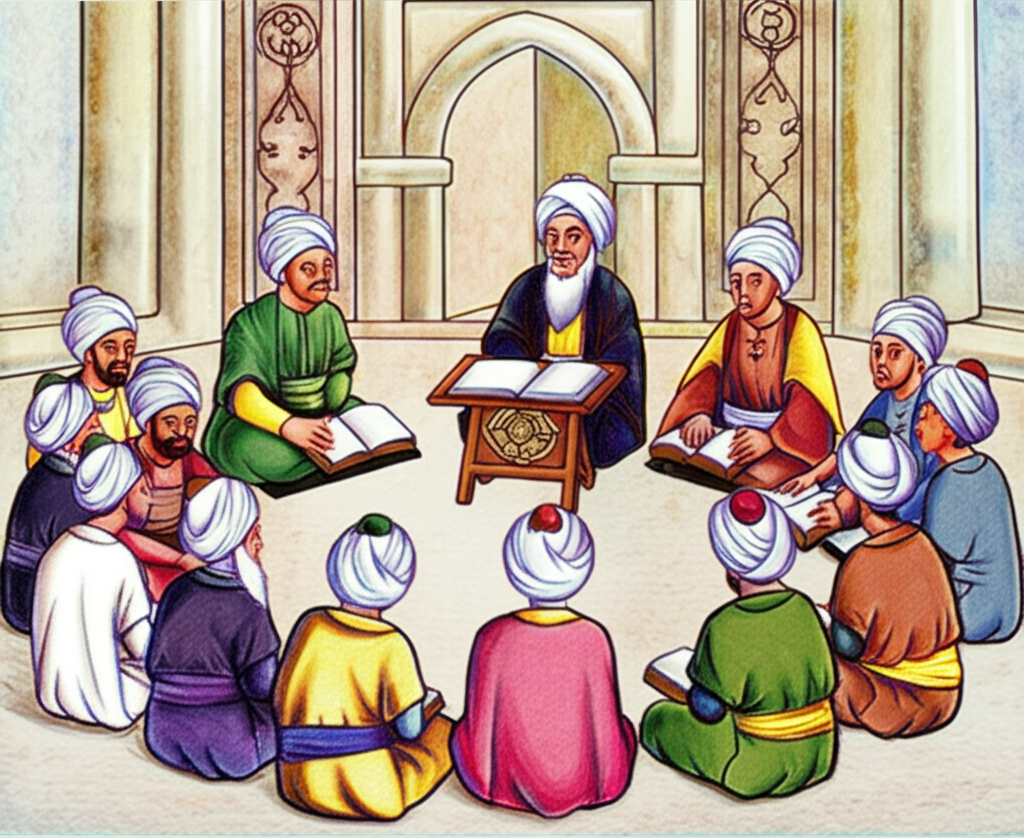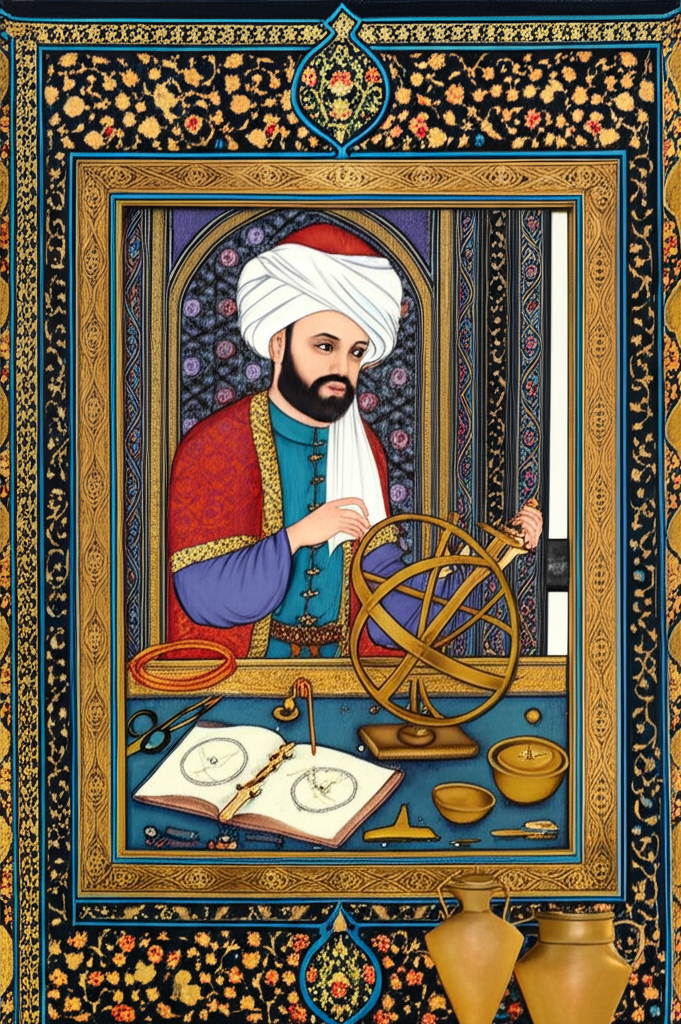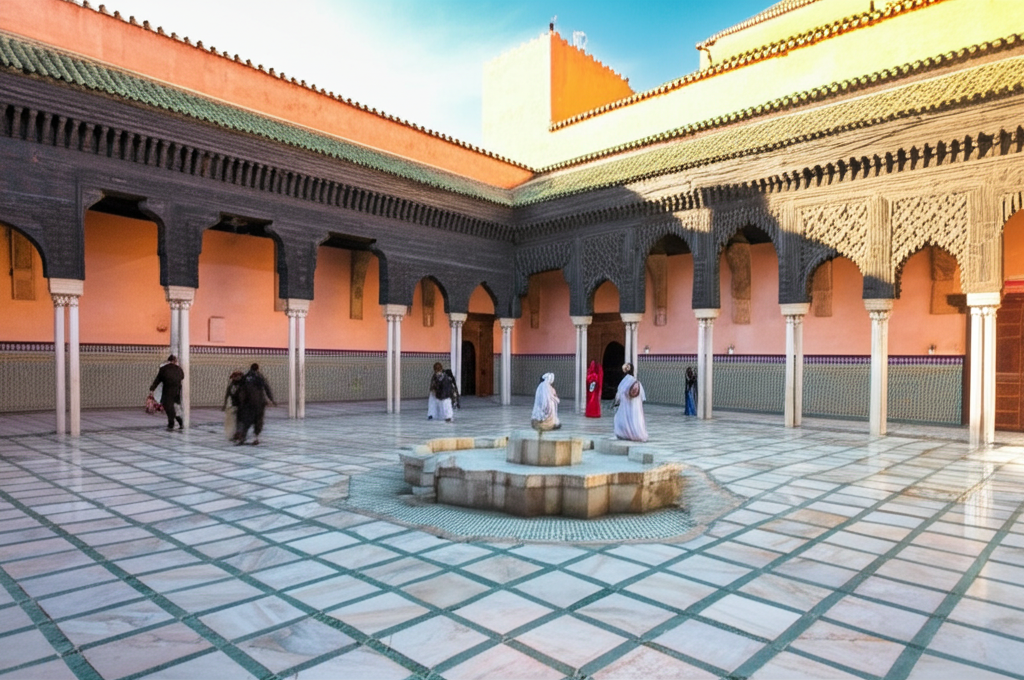


During the Middle Period, there were important changes in the Islamic world. In 945, a Shi'a group called the Buyids invaded Baghdad, but they didn't remove the Abbasid Caliph. Instead, they reduced his power and made most of the major decisions themselves. This was the first time the Caliphate in Baghdad lost its independence.
At that time, there were other groups like the Fatimids and Hamdanids who were also Shi'a. Even though most Muslims were Sunni, the rulers of these Shi'a dynasties supported Shi'a learning. Historians call the period from 945 to 1055 the "Shi'a Century" because of this.
In 1055, a Turkic tribe called the Seljuks took control of Baghdad. They were Sunni, and their arrival brought about a "Sunni revival." They restored the power of the Abbasid Sunni Caliphate, but they were also warlords and held military and political control. This Middle Period saw the rise of Turkic rulers, and this trend continued for many years.

Because of these changes, there was no longer one united political rule. Instead, there were many smaller states, each with its own ruler. By 1300, some scholars didn't even mention the Caliph anymore. They talked about the various Sultans instead. But this trend changed when larger, unified powers emerged again during the Gunpowder Period.
The changes in the political structure during the Middle Period had an impact on people's lives. Before these changes, Muslims were united under one caliphate, which helped create a unified social and cultural zone. But with the fragmentation into smaller states, new social institutions emerged to keep the cultural unity of the Muslim world. This meant that, although the Muslims were fragmented politically, there was a unity of Sunni-ism across the Islamic world (This has been given the fancy term, 'Sunni internationalism').
For example, a student from Andalusia could study Islamic law and then go to India and work there as a judge. This was possible because of social institutions like the madhhab. Other Muslim societies recognised these institutions internationally. What is important is that these institutions were independent from the government.
The madhhabs began as schools of thought and developed into law guilds. They regulated who could become a law professor, a judge, or a mufti.
Another example of a social institution was the tariqa. These were spiritual groups led by a Sufi sheikh, and they allowed people to unite internationally. They also facilitated charitable and social activities rooted in piety.
This period also saw the establishment of physical institutions like madrasahs (colleges) and khaniqahs (Sufi lodges).
Madrasahs were the first institutions set up to train scholars. Students from different social backgrounds came to these colleges to learn. Before madrasahs, students would travel to different cities to study with individual scholars. With madrasahs, they could gather in one place. Over time, madrasahs expanded to teach various subjects like Qur'anic and hadith studies, theology, law, and Arabic grammar. By the end of the Middle Period, new complexes were developing, similar to modern universities, with different colleges for specific subjects.
Khaniqahs were important places where Sufi disciples and Masters gathered. They were mainly frequented by ordinary people, some of whom were illiterate, and wanted to deepen their faith. Many scholars who taught in madrasahs also taught in khaniqahs. It was common for teachers to cover both academic and spiritual subjects.

One of the greatest intellectuals of the Middle Period was Imam Ghazali (d.505/1111). In fact, he is so significant to the Sunni Muslims that he was given the unique title "Hujjatul-Islam' ('the Proof of Islam'), and is considered to be the Revivor ('mujaddid') of the 6th Islamic century.
Imam Ghazali was born in the small town of Tus, in Persia, and was later made lead Professor at the NIzamiyya University in Baghdad. However, he had an intense spiritual crisis at the height of his fame, and ended up leaving fame and fortune behind, and embarking on a journey to seek the Pleasure of God alone. It was only after 10 years of spiritual wayfaring that he finally returned to teaching, and he wrote his famous magnum opus, Ihya Ulum al Deen, Revival of the Sciences of the Religion.

Many of the great Muslim universities were founded by wealthy women. For example, the Qarawiyyin in Fez was founded by Fatima al-Fihri in 859 CE, and is considered to be the oldest operational university in the world.